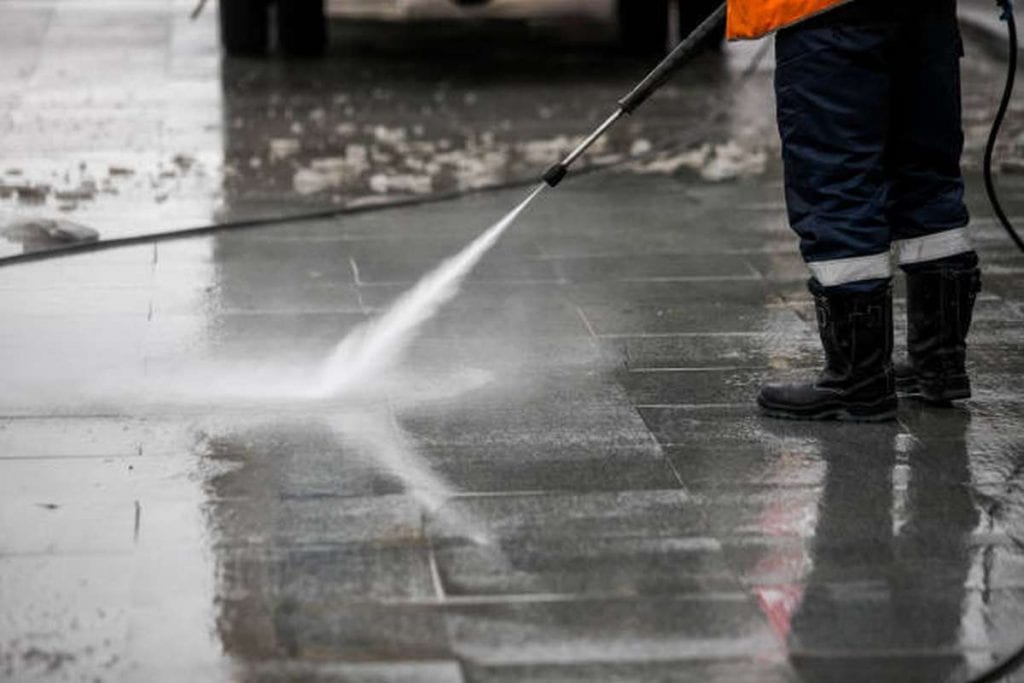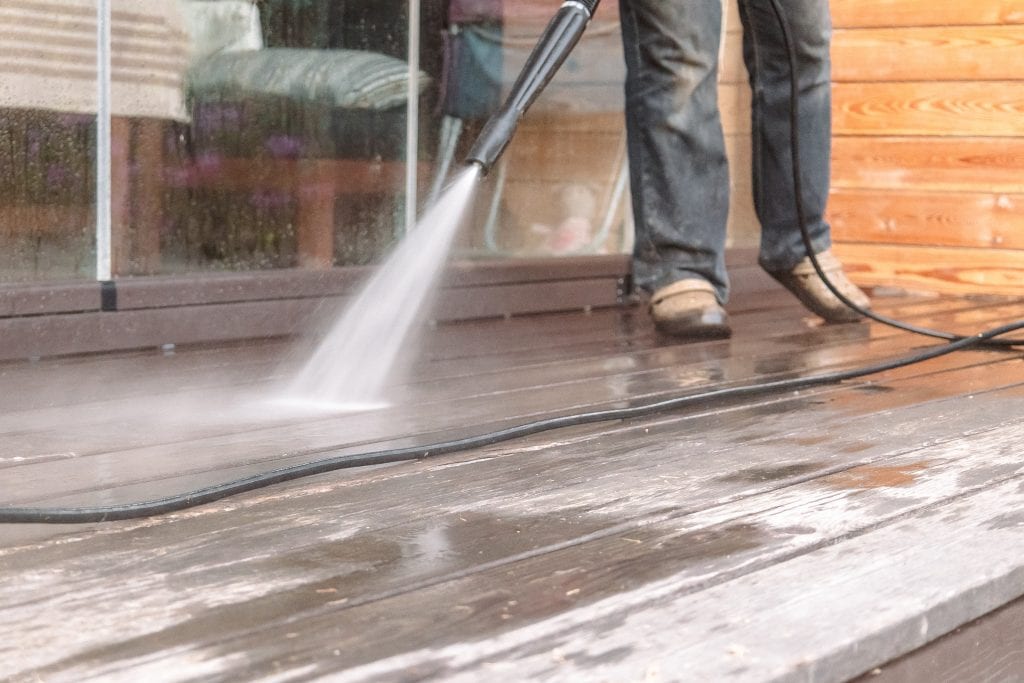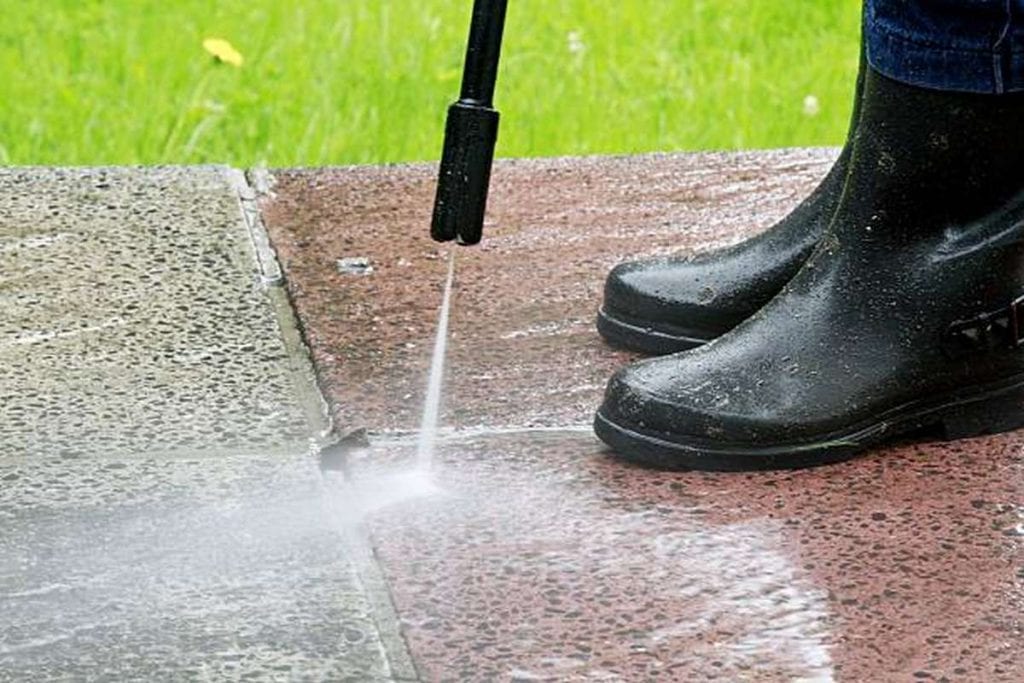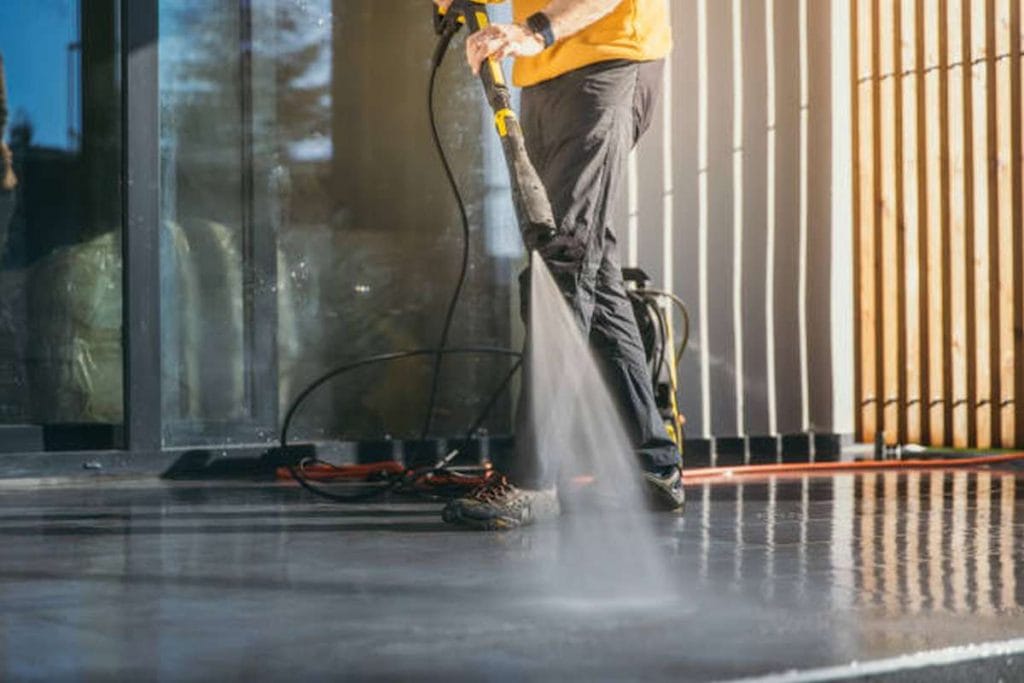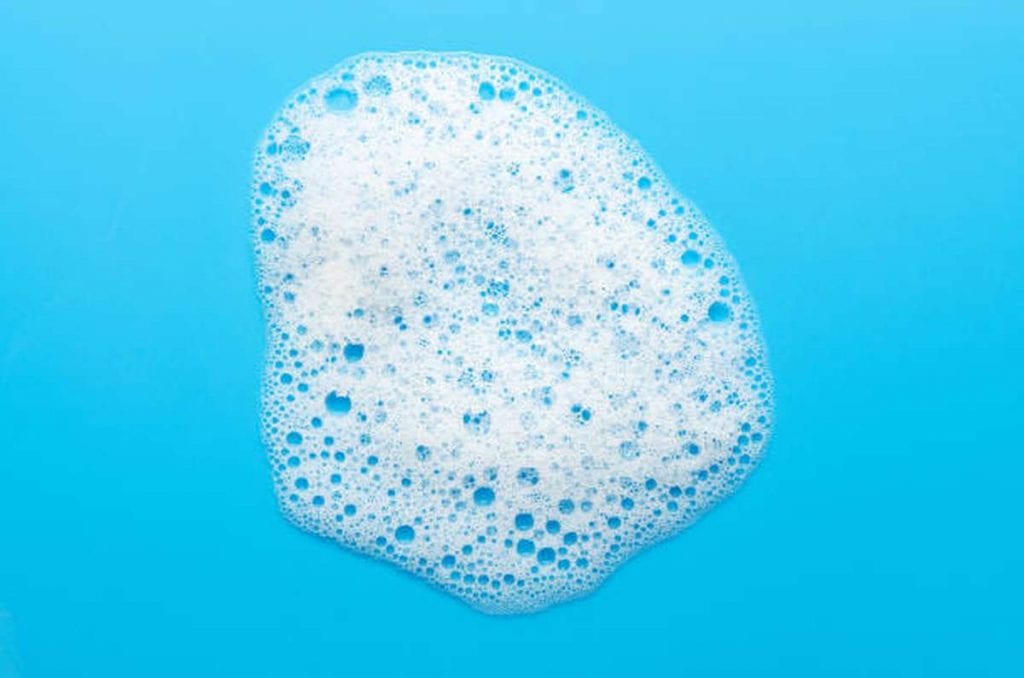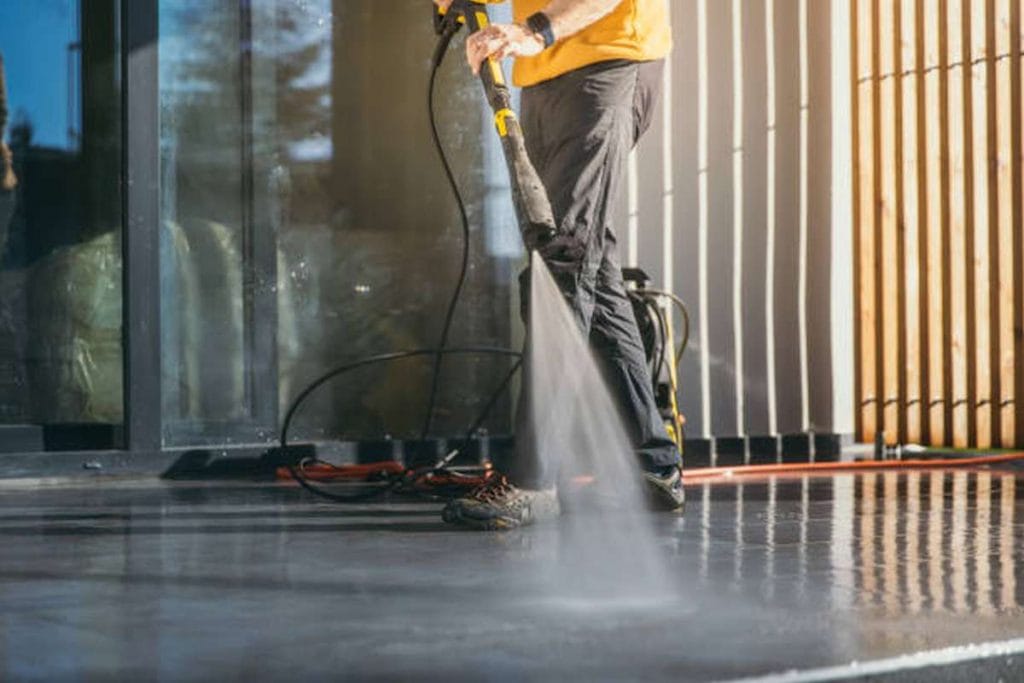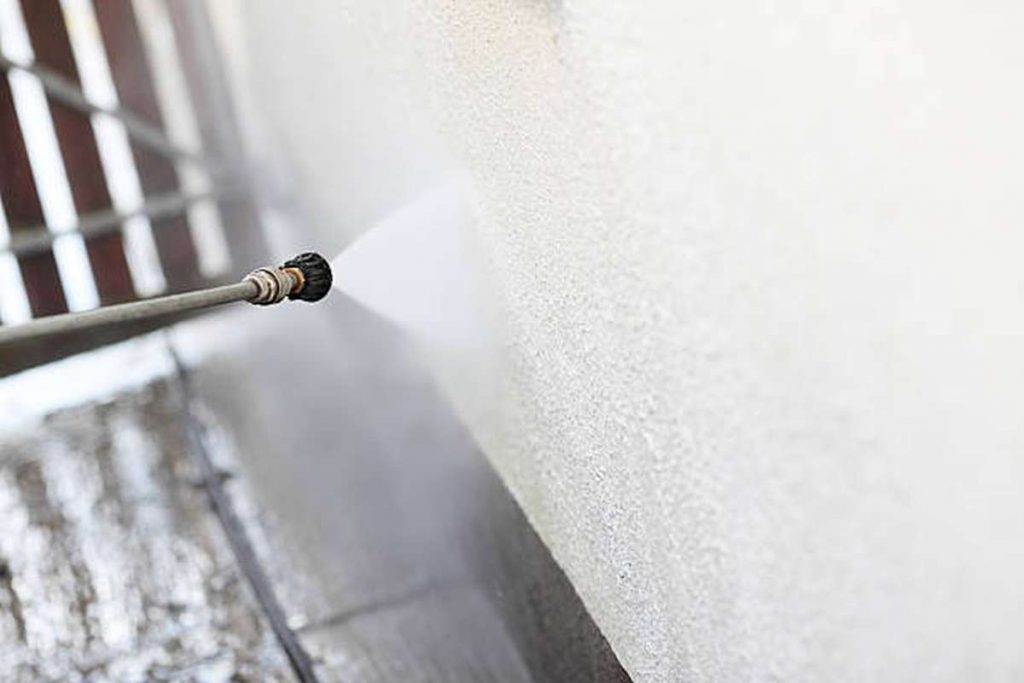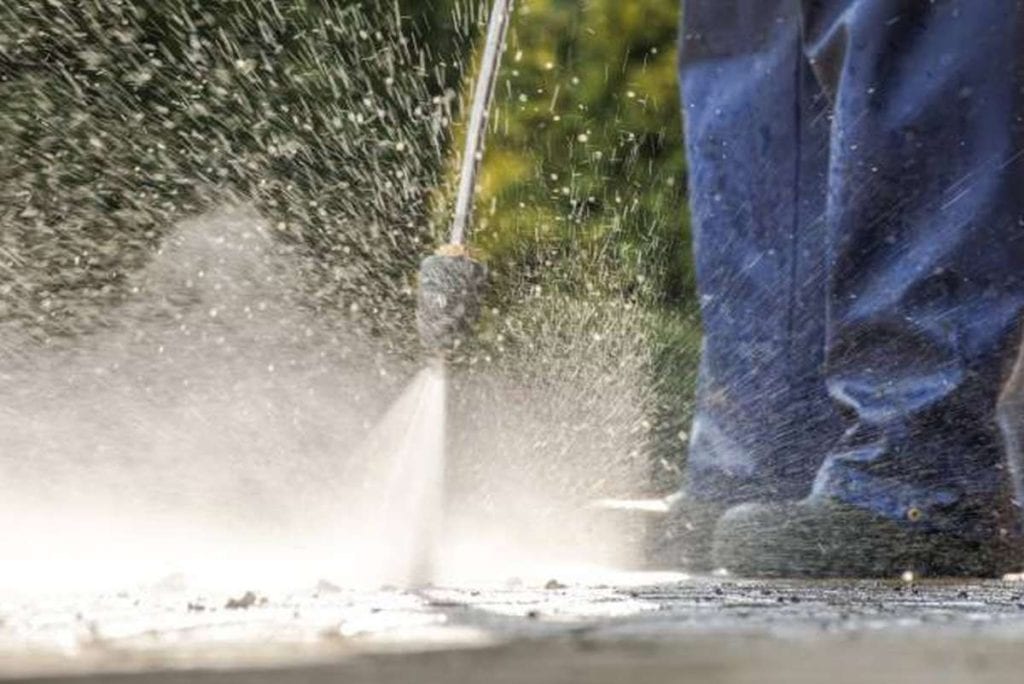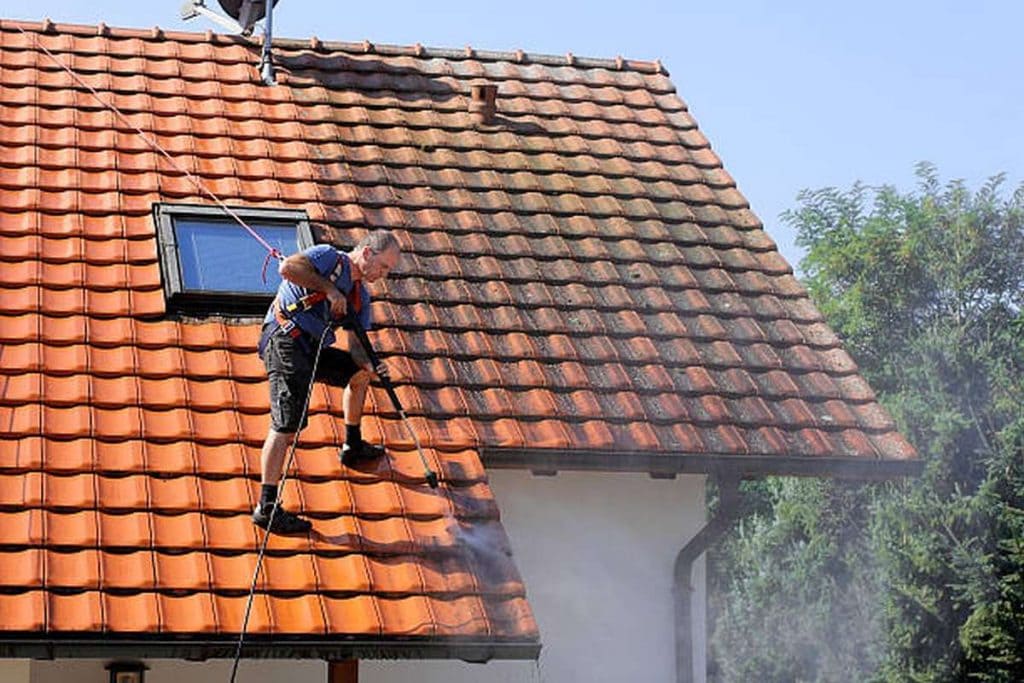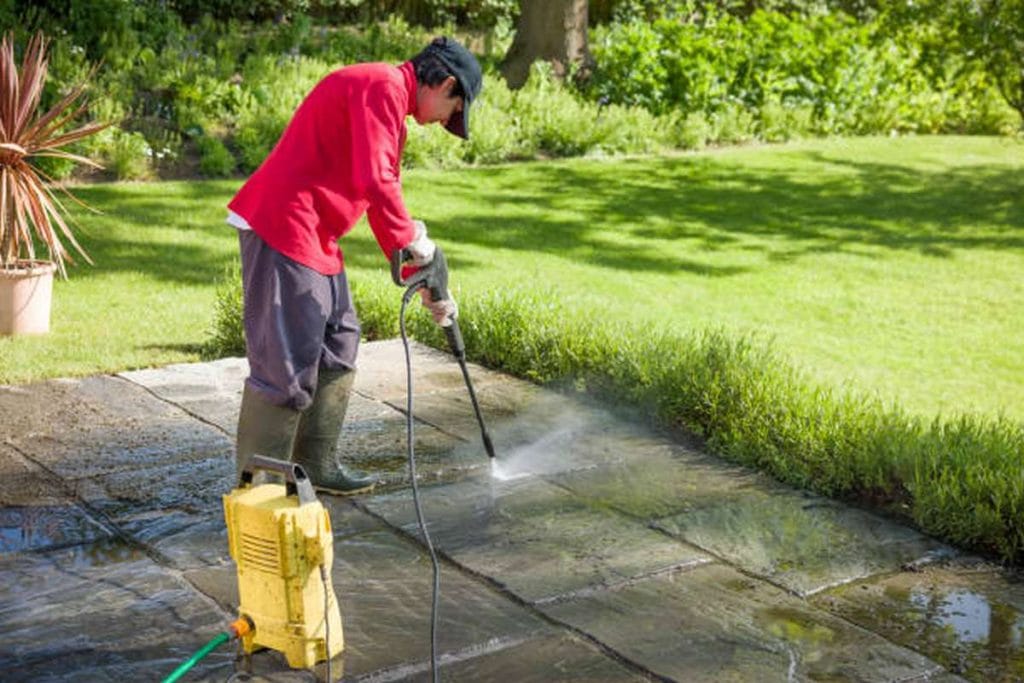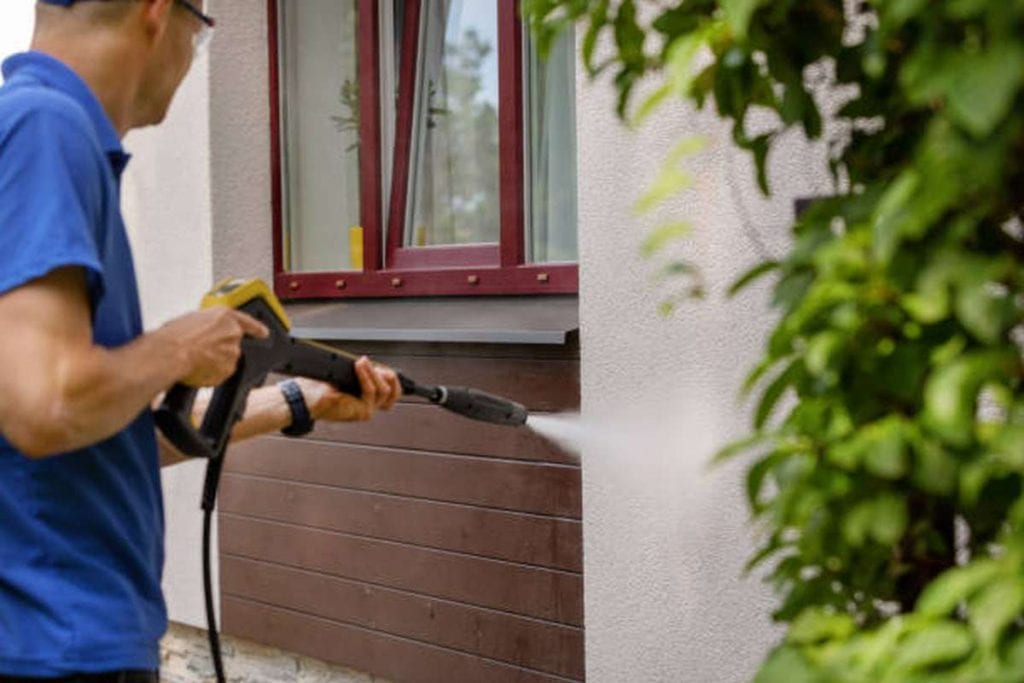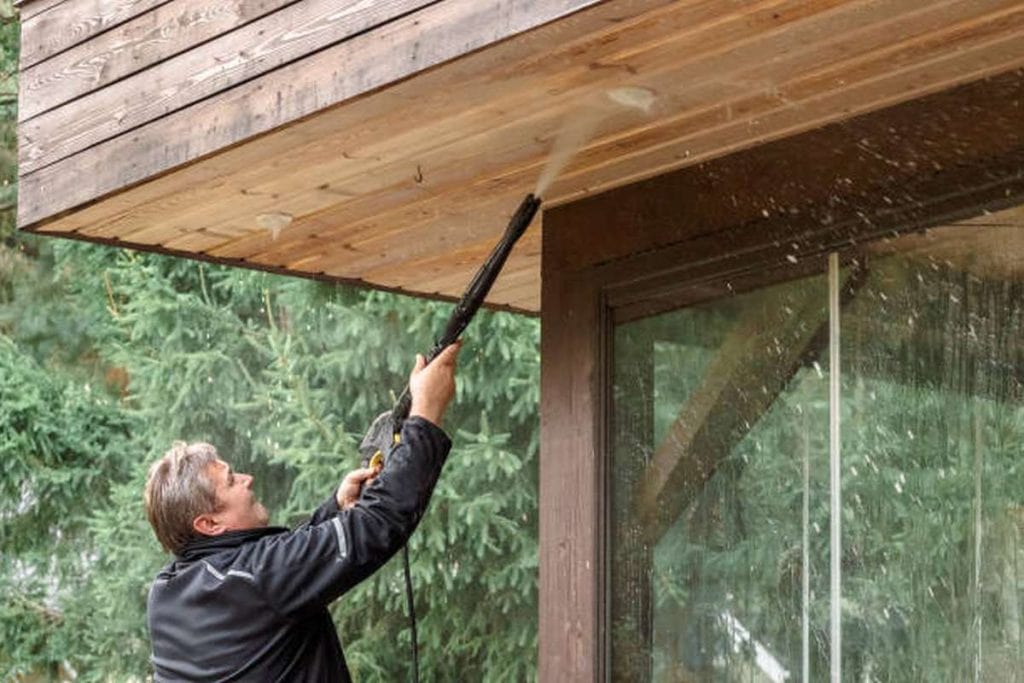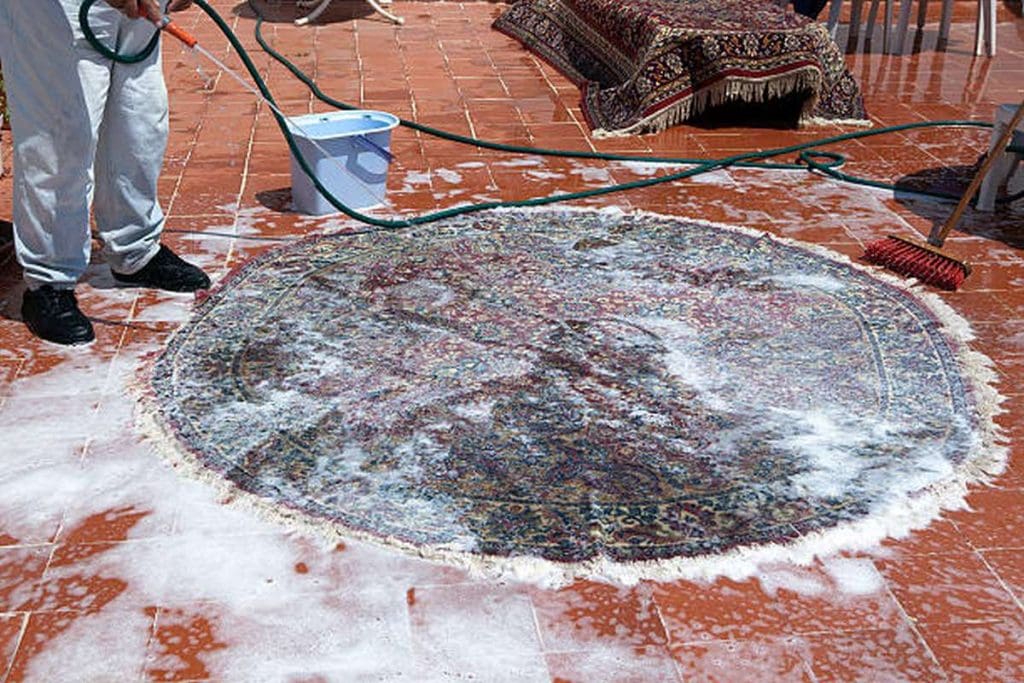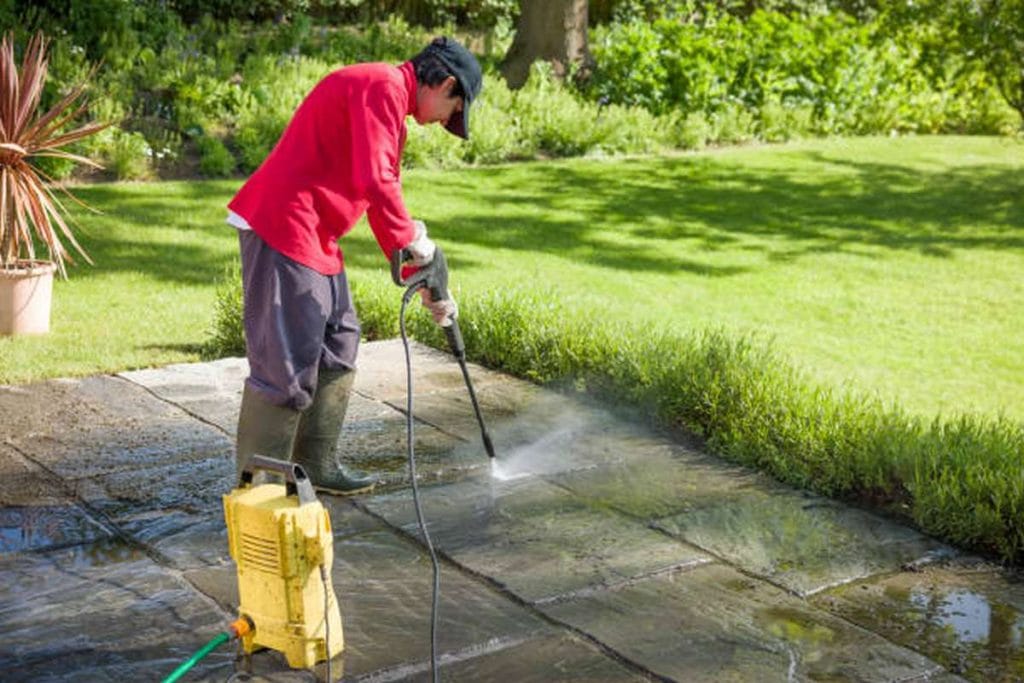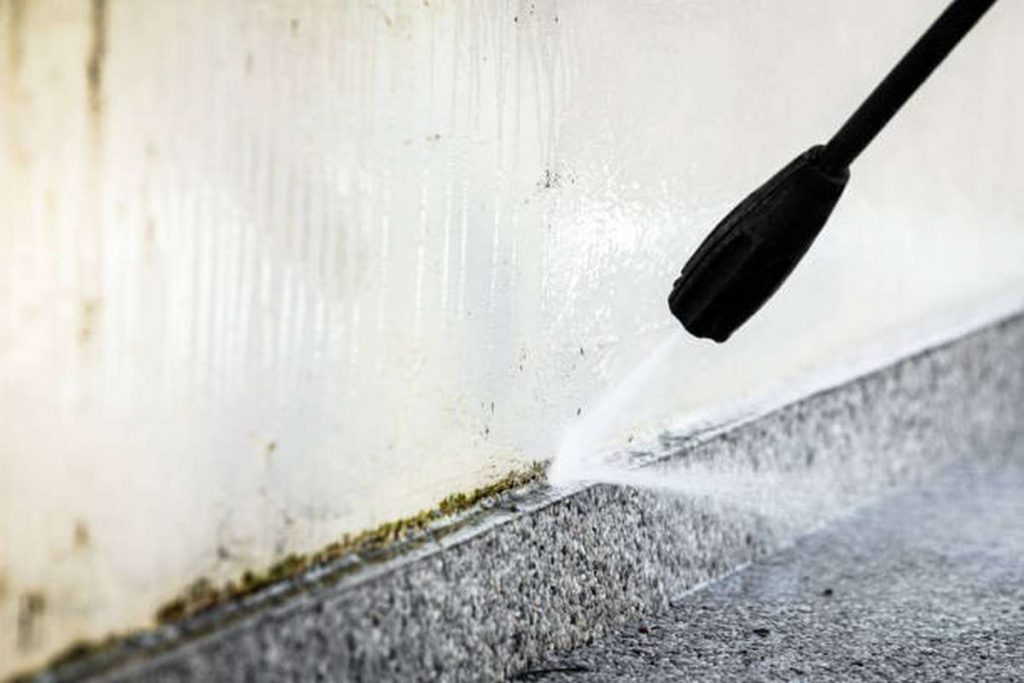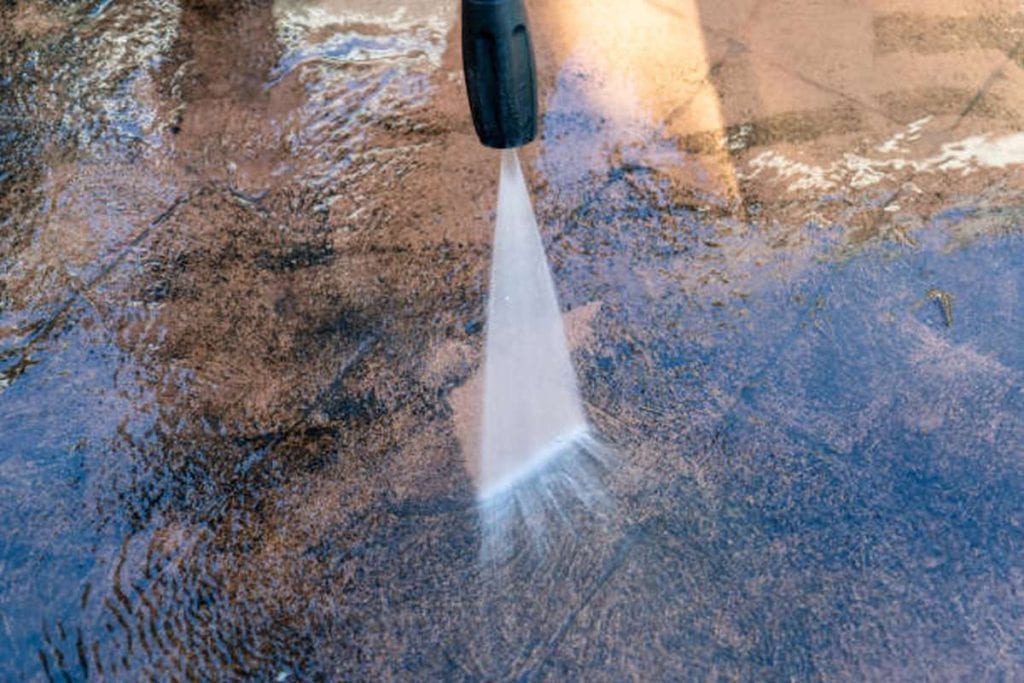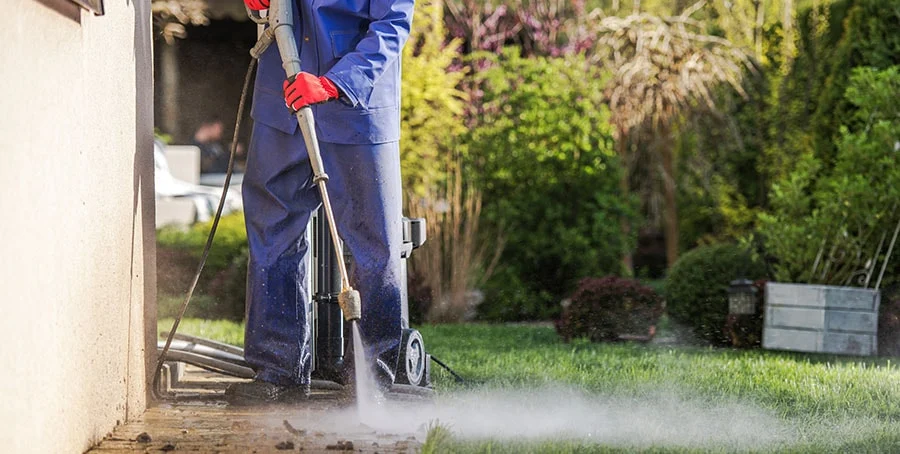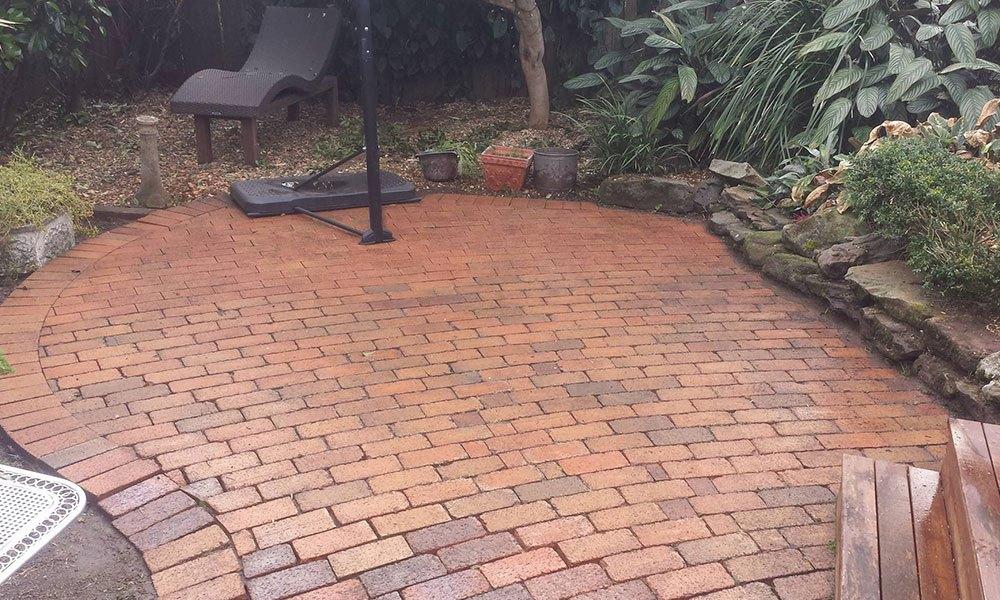Are your hardwood floors in need of a deep clean but you’re not sure the best way to go about it? Or maybe you just moved into a new home and want some advice on how to keep your floor looking good as new. Whatever brought you here, we've got all the answers for how to get sparklingly clean floors!
In this blog post, we'll cover everything from the necessary supplies to preparation steps and successful cleaning techniques. So grab that mop or broom, it's time to start revitalising those surfaces.
How to Clean Your Floor Like a Pro?
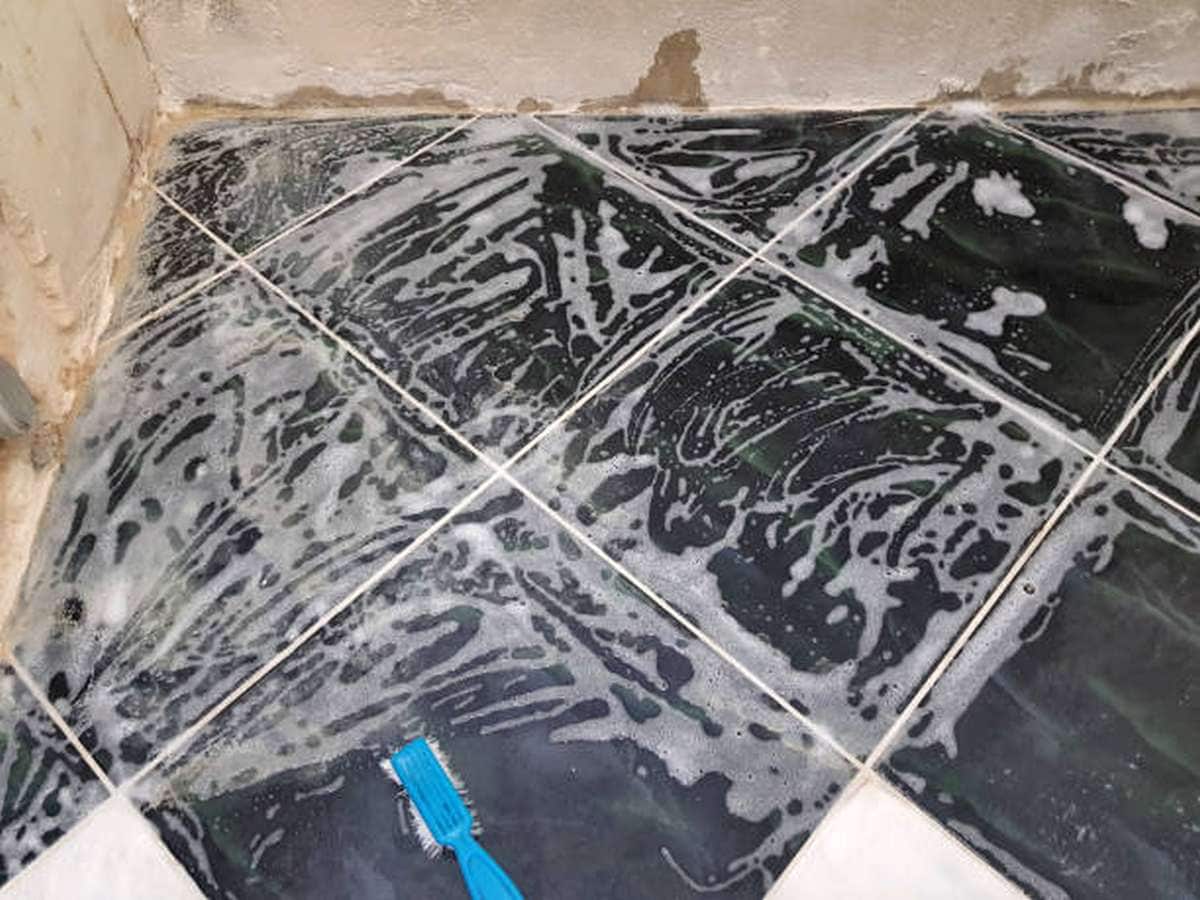
You may make a tremendous difference by employing a few simple floor-cleaning hacks. Using too much soap or water can cause problems. Even if the floors are particularly grimy, you should avoid over-soaping because it will only leave a grimy residue & defeat the goal of cleaning.
Furthermore, you must be careful not to oversaturate the floors, which could lead to warping. A mop that is dripping wet is terrible news. Then there's the bucket used for rinsing. Can't use the soap dish. Two buckets are used. Giving yourself a quick once-over with clean, hot water after you've finished soaping is important. It's also important to start with a clean mop head or pad; otherwise, the whole task will be for naught.
It's crucial that you know how to clean your floor properly, depending on its material. Inadvertently damaging your floor by using the incorrect cleaning chemical or detergent may result in a much larger, more time-consuming job for you to complete.
Floor care products vary by material; therefore, please refer to the guidelines below. Moreover, the effort put into achieving a spotless floor (and fresh feet!) will be well worth it if you follow these easy floor-cleaning tips.
Put Away The Broom And Dustpan And Shift The Furniture.
If you omit this step, the next step (mopping) will be meaningless, and you’ll just be moving wet dirt, dirt, hair, or fur into moist little clumps. Care to sweep? A mop collects dust, filth, and hair, it's convenient to throw away a used one when it gets dirty.
Of course, it's up to you to decide. Grab any rugs, chairs, and other floor clutter to ensure that all dust and dirt are gone.
To Avoid Damaging Your Floors, Use The Appropriate Mop And Cleaning Solution.
You can only function with your mop and detergent. Of course, which one you pick depends on your taste and the sort of flooring you have. Mops can be either string mops (hello, high school!) or more modern strip cleaning products, sponge mops, or spray mops. Thanks to its disposable pads, this is appropriate for use on a wide variety of flooring, including hardwood, laminate, vinyl, and linoleum. To top it all off, it's mild enough to use daily on dust and light grime.
Common Household Ingredients You May Use To Make The Right Detergent
Hardwood Floor
All you need to keep hardwood floors looking great and smelling fresh are white vinegar and water (12 cup vinegar to 1-gallon warm water) with a microfibre head mop.
It's best to mop both finished or unfinished wood floors with a very dry mop, as excess water might cause warping. Keep the area dry and avoid leaving any puddles and stagnant water behind. Alternatively, you can use dishwashing detergent or another pH-neutral soap in combination with water.
Use steel wool & floor wax to remove stubborn hardwood floor stains from soft oil-coated floors (common in older homes). Don't use harsh chemicals that could damage the hardwood floor's finish; instead, merely wipe away the stain with a soft cloth.
Laminate Floor
Microfiber-headed strip mops and spray mops are great for cleaning laminate flooring. Making a mopping solution is as easy as combining a teaspoon of dish soap with a bucket of hot water. Try to stay away from anything that has oil or polish in them.
Also, avoid excessive amounts of water, which can leak between the laminate tiles and result in unsightly swelling, warping, or bubbling. After wet mopping, put your dry mop to good use by running it over the floor.
Vinyl Floor
Vinyl's primary advantage is how simple it is to keep spick-and-span. It has been suggested that a solution of equal parts apple cider water and vinegar be used for mopping. In addition, vinyl is durable and can withstand acidic cleaning agents that disinfect and remove filth without leaving behind a soapy residue. All you need is some dish soap & hot water if it isn't too grimy.
Linoleum Floor
You can use hot water and a few drops of dish soap to clean the flooring. Additionally, linoleum can be cleaned with a solution of equal parts water and apple cider vinegar or with a baking soda scrape for stubborn stains.
Stone Tile Floor
The stone should be cleaned with a neutral pH cleaner. Never use bleach, vinegar, or ammonia to prevent the sealant from being removed from the tile.
Ceramic Tile Floor
For ceramics, a non-hazardous solution of warm water & white vinegar will suffice. Trick.
Medium To High Pile Carpet
The turbo and electric power sprayer are ideal for cleaning this carpet. The nozzles often feature a revolving roller brush designed to get deep into the carpet fibres. Feel the pile of the carpet to determine the direction of the weave, and vacuum in that direction rather than against it to preserve the carpet's integrity.
Shag Carpet
Woolly rugs and shag carpets are incredibly plush underfoot, but they can be difficult to maintain. Instead, borrow a steam cleaner for the most thorough and foolproof clean possible. Regular maintenance cleaning, however, can be done with a straight suction ground nozzle and a light touch. You may also take your tiny rug outside if you have the room and hit it with the handle of a broom to get rid of dust and debris.
Linoleum
Before doing anything else, hard floors should be swept, mopped, or vacuumed to remove loose debris like hair and dust. Do this as often as possible, but at least once a day if you live in a high-traffic area.
Mix 6-7 drops of a light detergent (dish soap is typically fine), including one gallon of hot or warm water, for a thorough cleaning, probably once a week. Next, mop the floor in small portions with a mop dampened with the solution. Because linoleum can be damaged by standing water, you should only use a damp mop. To remove any soapy residue after mopping, switch out the cleaning fluid with cool water, clean the mop, and mop again. Finally, dry the floors with a cloth or wipe cloth after washing them.
Hardwood
Vinegar, a ubiquitous ingredient in many kitchens, is a great natural cleaner for hardwood floors. Vinegar is a safe and inexpensive cleaning solution, so it makes sense to learn how to use it on hardwood floors.
We Need To Mop The Floor Right Now.
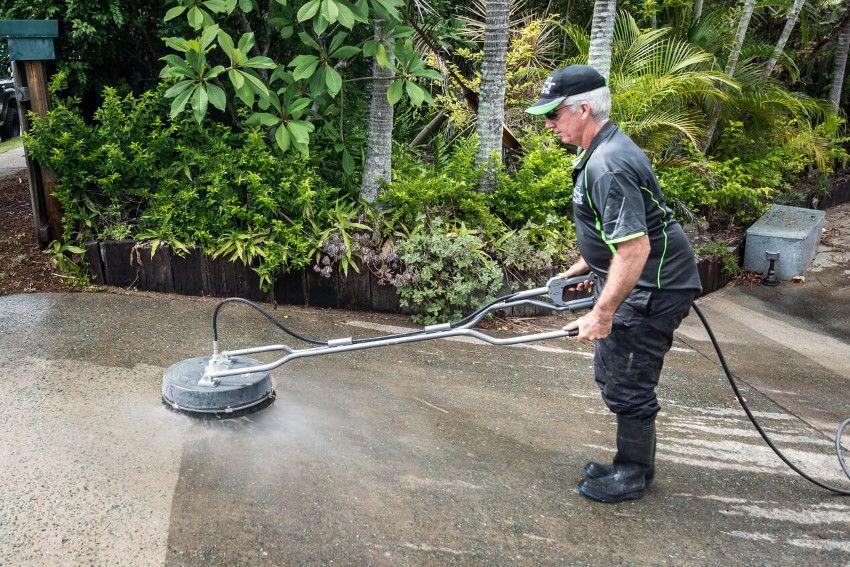
In need of a mopping technique refresher? Just know that you're safe with us. However, here are several speedy methods:
- Always use the recommended ratios stated on the detergent packaging to avoid using too much detergent.
- Mopping with a damp mop will help prevent damage to your floors and allow them to dry more quickly.
- Learn the many mopping methods, such as the spritz and swipe method for a spray mop, the figure-8 method for a strip mop, or the straight-line method for a sponge or strip mop. Also, avoid painting oneself into a corner.
- You don't give your floor a thorough scrub every day, so you should take the time to reach all the nooks and crannies.
Final Rinse
After you've washed the floor tile by tile and rinsed it with soapy water, you should give the entire floor a final rinse with clean, warm water. Wait until everything (furniture, rugs, etc.) is dry before replacing it. Let some air in by cracking the windows or turning on the fan. To show pride in your working hard and finished masterpiece, barricade the floors from the rest of the house until they dry.
The Sanitisation
Have you ever put your mop away after use without cleaning it thoroughly? Actually, neither do we. It's easy to forget to clean the mop before putting it away in the laundry, garage, and wherever you keep your cleaning supplies, but doing so will ensure that it works properly the next time you need it. Just do it; you won't regret it. You may disinfect most mop pads and strips by soaking them in a pail of bleach- and warm water and then wringing them out to dry. You can frequently toss the velour pads into the dishwasher and dryer. Or save time and work with mop. The cleaner your mop, the cleaner your floor will be. And isn't that why we’re studying how to scrub floors first?
Conclusion
Knowing the right floor cleaning method to use on your flooring is essential. If you use the wrong cleaning solution or detergent on your floor, you could end up with a much larger and more time-consuming job on your hands than you bargained for. If you want your floors to shine, just follow the simple instructions below. Your mop and detergent are your sole tools. You can use a traditional string mop or a more sophisticated strip mop to clean the floor.
Just mix a teaspoon of dish soap into a bucket of hot water, and you have a mopping solution. The biggest benefit of vinyl is how easy it is to keep clean. Clean your hard floor surfaces by sweeping, mopping, or vacuuming to get rid of dust and hair. Cleaning linoleum is as simple as using a baking soda scrape or a solution of equal parts water and apple cider vinegar. Though extremely comfortable to bare feet, shag carpets and rugs can be a pain to keep clean and looking their best.
By using a damp mop, you can protect your floors from wear and tear while also speeding up their drying time. To avoid wasting detergent, always follow the instructions on the container. Most mop pads and strips can be disinfected by soaking them in a bucket of bleach- and warm water and then wringing them out to dry.
Content Summary
- Maybe you've just bought a new house and are wondering what you can do to keep the floors looking brand spanking new.
- Whatever your reason for visiting, you can rest assured that we know the secret to spotless flooring.
- Get out the broom and mop; it's time to freshen up the flooring.
- The proper way to mop the floor
- Using just a few easy floor-cleaning tricks might potentially make a huge difference.
- Overusing either soap or water might have undesirable effects.
- Oversoaping the floors, even if they are extremely dirty, will just create a dirtier residue and defeat the purpose of cleaning.
- In addition, you need to be cautious about saturating the flooring to the point where they distort.
- Dampness in the mop is very bad news.
- Then, there's the scrubbing bucket and the washing bucket.
- There are two buckets in use.
- After you've finished soaping up, it's crucial to give yourself a short rinse with clean, hot water.
- Having a clean mop head or pad is also essential, since a dirty one will render the entire process useless.
- Knowing the right floor cleaning method to use on your flooring is essential.
- If you use the wrong cleaning solution or detergent on your floor, you could end up with a lot larger and more time-consuming job on your hands than you bargained for.
- Floor cleaning products are material specific, so please follow the advice given below.
- In addition, if you follow these simple floor-cleaning methods, you'll be rewarded with a spotless floor (and clean feet!).
- Put away the mop and broom and rearrange the couch.
- Your mop and detergent are your sole tools.
- Of course, which one you chose depends on your taste and the sort of flooring you have.
- There are many different types of mops available today, from the traditional string mops (hello, high school!) to the more advanced strip cleaning solutions, sponge mops, and spray mops.
- It's suitable for use on many different types of flooring thanks to the disposable pads it comes with.
- Plus, it's safe enough for daily usage on dirt and dust.
- Common household items can be used to create the ideal hardwood floor cleaner.
- The only things you need to keep your hardwood floors looking wonderful and smelling fresh are white vinegar and water (12 cups vinegar to 1 gallon warm water), and a microfiber head mop.
- Whether your wood floors are finished or unfinished, it's important to mop them dry to prevent warping.
- Don't leave puddles or standing water behind; instead, keep the area dry.
- You can also use a pH-neutral soap like dishwashing liquid in conjunction with water.
- To clean delicate oil-coated floors, use steel wool and floor wax to remove stubborn stains (common in older homes).
- To avoid damaging the hardwood floor's finish with strong chemicals, simply wipe the stain away with a soft cloth.
- For effortless cleaning of your laminate flooring, try using a spray mop or a strip mop with a microfiber cleaning head.
- Simply mix one teaspoon of dish soap with a pail of hot water to create a mopping solution.
- Do your best to avoid using any items that contain oil or polish.
- Avoid using too much water, as this can seep through the spaces between the laminate tiles and cause them to bulge, warp, or bubble.
- Use the dry side of the mop to go over the floor again after you've finished wet mopping.
- The biggest benefit of vinyl is how easy it is to keep clean.
- Another option for cleaning linoleum is to use a mixture of water and apple cider vinegar, or to use a baking soda scrape on really persistent spots.
- A cleaner with a neutral pH should be used to clean the stone.
- To keep the tile sealer in place, never use acidic cleaners like bleach, vinegar, or ammonia.
- Cleaning ceramics is as simple as using a solution of white vinegar and hot water.
- Trick.
- You can get this carpet spotless with the help of the electric power sprayer and the turbo cleaner.
- The nozzles often have a spinning roller brush that is made to reach deep into the carpet fibres.
- To avoid damaging the carpet, feel the pile to establish the direction of the weave, then vacuum in that direction instead of going against the weave.
- Carpets made of wool or synthetic fibres, such as shag, feel luxurious to bare feet but can be a pain to clean.
- The best and most foolproof way to clean is to borrow a steam cleaner.
- However, a straight suction ground nozzle and a gentle touch are all that's required for regular maintenance cleaning.
- If you have the space, you can also take your little rug outside and beat the dust and debris off of it by hitting it with the handle of a broom.
- To begin, sweep, mop, or vacuum hard floors to get rid of loose particles like hair and dust.
- If you reside in a really busy neighbourhood, you should do this daily at the very least.
- One gallon of hot or warm water and six to seven drops of a mild detergent (dish soap works good) should be used once a week to clean thoroughly.
- Next, use a mop wet with the solution to wipe off the floor in sections.
- Standing water is bad for linoleum, so only use a moist mop.
- If you see any soapy residue after mopping, simply rinse the mop with cold water, wring it out, and mop again.
- To avoid wasting detergent, always follow the instructions on the container.
- By using a damp mop, you can protect your floors from wear and tear while also speeding up their drying time.
- Study the many techniques for mopping, such as the spritz-and-swipe method for a spray mop, the figure-8 method for a strip mop, and the straight-line method for a sponge mop or a strip mop.
- Not putting oneself in an impossible position is also important.
- Since you probably don't clean your floor thoroughly very often, you need to make an effort to get into all the tight spaces.
- You should give the entire floor a final rinse with clean, warm water after you've scrubbed and rinsed the tiles individually with soapy water.
- Don't put anything back (rugs, chairs, etc.) until they've dried out completely.
- Open the windows or run the fan to bring in some fresh air.
- Block off the flooring from the rest of the home until they're dry to express how proud you are of your hard work and completed product.
- Forgetting to clean the mop before putting it away in the laundry, garage, or wherever you keep your cleaning materials may result in a nonfunctional mop the next time you need it.
- Get it done already; you won't be sorry.
- Most mop pads and strips can be disinfected by soaking them in a bucket of bleach- and warm water and then wringing them out to dry.
- Velour pads are convenient because they can often be cleaned in the dishwasher and tumble dryer.
- Use instead to speed up your cleaning process.
- Your floor will be cleaner if you mop it first.
- Yes, but that's why the first thing we're going to learn is how to clean the floor.
FAQs about Floor Cleaning
Mop around the edges first, then move to the middle of the floor, using overlapping, figure-eight strokes. When one side of the mop gets dirty, turn the mop over to the clean side. When both sides are dirty, wash the mop in the bucket; otherwise, you'll be spreading dirt around instead of removing it.
Water + Vinegar + Dish Soap + Rubbing Alcohol: Their ratio of two cups of warm water, half a cup of vinegar, a quarter cup of isopropyl alcohol, and just an eighth teaspoon of liquid dish soap also cuts the acidity of the vinegar so that it won't damage sensitive floors.
Thinking that wet equals clean, they then forget to rinse out their mop pad, resulting in a mop pad that is fully saturated with dirty water. Continuing to use the mop pad on the floor leads to smearing dirt, not lifting it.
But as a rule of thumb, you should mop your floors at least once a week—especially in areas that are more likely to get stains from drips and spills, like the kitchen and bathroom. Of course, you need to vacuum or sweep the floor before mopping.
Light dust and soils on a hard floor surface can very effectively be removed with water only. Heavier soils, sticky syrupy soils, petroleum based soils, kitchen areas and restrooms typically require more than water and there are specially designed chemicals for these.

